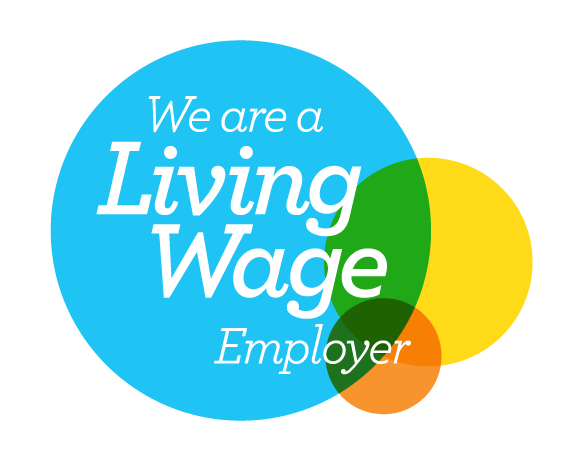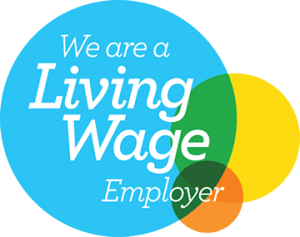Carbon Credits: What are the current issues and how can we mitigate them?
Carbon Credits: What are the current issues and how can we mitigate them?
Following the Paris Agreement (2016) and Glasgow Climate Pact (2021), we have seen more and more corporate climate commitments and alongside this, an increased interest in carbon credits. Many businesses are committing to reducing their greenhouse gas (GHG) emissions in line with limiting global warming to 1.5°C and aiming for net zero targets, while others are committing to carbon neutrality by offsetting their emissions now, rather than further down the line.
The effectiveness of offsetting has often attracted scrutiny and claims of greenwashing, despite this process being an essential part of the pathway to net zero as well as generating much needed investment for climate resilient development. This criticism is not misplaced however, as there are currently important problems that need to be addressed to ensure that offsetting is effective, feasible and affordable.

Carbon removal is essential, carbon avoidance is not
According to the 2018 IPCC Special Report on Global Warming of 1.5°C, carbon removal is necessary for all potential pathways that are in line with the Paris Agreement target of limiting global warming to 1.5°C. A 2019 report from the National Academy of Sciences, Engineering, and Medicine (NASEM) concluded that globally, 10 gigatonnes of CO2 must be removed annually from the atmosphere by 2050 to remain in line with the Paris temperature goal.
A key issue here is the lack of distinction between carbon removal and carbon avoidance. Carbon avoidance projects often involve paying someone not to cut down trees in exchange for carbon credits, and it is not clear if this results in a net removal of carbon from the atmosphere. With carbon removal projects on the other hand, such as afforestation and direct air capture, it is possible to measure the amount of carbon removed from the atmosphere each year and progress towards net zero targets.
The prioritisation of carbon removal offsetting is one of the principles outlines in the Oxford Principles for Net Zero Aligned Carbon Offsetting (2020) report, along with:
- Cutting emissions, using high quality offsets, and regularly revising offsetting strategy as best practice evolves
- Shifting to long-lived storage, such as geological reservoirs or carbon mineralisation
- Supporting the development of net zero aligned offsetting
The carbon credit market still contains poor-quality projects
As the demand for carbon credits has increased, the controls verifying credits have greatly improved. Despite this, the market still contains historic and poor-quality offsets which dilute the environmental integrity of the market. In 2021, Trove Research investigated the issue of historic credits in the global voluntary carbon market and proposed solutions to this problem.
They suggested three routes that would provide an effective solution conjointly: a registry-led route, whereby organisations remove poor-quality historic projects from their registries; a governance body-led route, driven by an independent body who would manage the integrity of the carbon credit market; and a buyer-led route, with consumers buying only high-quality credits, possibly guided by a rating system.
The UK Government has outlined some key criteria for good-quality offsets in their 2019 Environmental Reporting Guidelines:
- Projects must prove that they have produced a carbon saving that otherwise would not have happened
- Projects must not cause an increase in carbon emissions elsewhere
- Projects at risk of reversal should undertake a comprehensive risk assessment to minimise losses
- Carbon credits must only be issued from a project after the emissions reduction has taken place
- To avoid double-counting, a registry must be used to register, track and remove credits
- To ensure transparency, credits should be supported by publicly available information, detailing the methodology, verification, documentation, proof of credit ownership and date of retirement

The market lacks strong, common definitions and standards
In their 2022 Carbon Removal White Paper, Microsoft explains that the carbon credit market lacks strong, common definitions and standards, and carbon removals are often not distinguished from offsets that avoid or reduce emissions. Their advice is for corporate purchasers to support strong voluntary standards in line with the latest climate science, and ensuring a distinction has been made between removals, reductions and avoidance.
They also encourage purchasers to advocate for both governmental and intergovernmental organisations to oversee and guarantee the quality of offsets.
Natural carbon removal solutions present challenges but offer climate and social benefits
At the moment, natural carbon removal solutions, such as forestry, dominate the carbon removal market and at a relatively low cost. However, these projects are also most vulnerable to climate- and human-related disruptions that could cause the carbon to be released back into the atmosphere. It is essential that businesses fully assess nature-based solutions, ensuring sound ecological design of reforestation projects.
Microsoft suggest incorporating the Kew 10 Golden Rules for Restoring Forests, which include protecting existing forest first, working with local people, and using natural forest regeneration wherever possible. They encourage corporate buyers to continue supporting these nature-based solutions, highlighting their contribution to decreasing peak warming and building local resilience to climate change impacts.
Finally, they recommend opting for projects that advance environmental justice, sustainable livelihoods and climate goals.

High-durability offsets are critical, but supply is limited and expensive
High-durability offsets are solutions that sequester carbon for thousands of years, including biomass approaches with geologic storage, direct air capture, and mineralisation. These offsetting approaches are less at risk of reversal when compared to natural solutions, but they are also in short supply and are unaffordable for many businesses.
Microsoft advises corporate buyers to pursue multiyear purchase agreements, similar to renewable energy power purchase agreements, to accelerate mainstream high-durability offset supply.
The future price of carbon credits is uncertain
The recently published report, "Long-Term Carbon Offset Outlook 2022" from research firm BloombergNEF, predicts that if the current issues with the carbon credit market, such as the existence of low-quality and avoidance-based credits, prices will be driven down and mistrust and criticism surrounding offsetting will worsen. However, if the market is restricted to high-quality offsets that remove, store and sequester carbon, it is likely that there will be insufficient supply to meet the high demand.
The BloombergNEF report predicts that in this scenario, carbon offset prices could increase fifty-fold by 2050. The uncertainty around the cost of offsetting highlights the importance of prioritising carbon reduction. The fewer carbon emissions a business produces, the fewer it will need to offset. The Science Based Targets initiative’s new Net Zero Standard explains how residual emissions should be offset once long-term science-based emission reduction targets have been achieved.
A new framework is being developed to address current issues with carbon credits
The Taskforce on Scaling Voluntary Carbon Markets (TSVCM) has recently announced the development of a new Governance Body on Voluntary Carbon Markets. The Governance Body is designed to deliver high-integrity carbon credits, traded in robust, transparent and equitable markets. They plan to develop a Core Carbon Principle (CCP) threshold standard to assess carbon credits, and hope to catalyse the market, promoting funding availability and ease of access.
The Governance Body consists of industry experts and academics bringing best practice knowledge from a range of perspectives to address the challenges currently complicating the carbon offsetting process.
What should businesses do now?
Businesses should look to plan their offsetting strategies with a focus on credibility, integrity, transparency and their wider sustainability goals, while striving for steep emission reductions in the near-term.
For expert guidance and assistance planning and implementing carbon reduction and offsetting strategies, visit our Net Zero service page.
BOOK YOUR 30-MINUTE ENERGY MANAGEMENT CONSULTATION
Fill in your details below to arrange a complimentary consultation with one of our experts. They will give you bespoke advice to help your business achieve all its energy needs, reducing cost, consumption and carbon.










